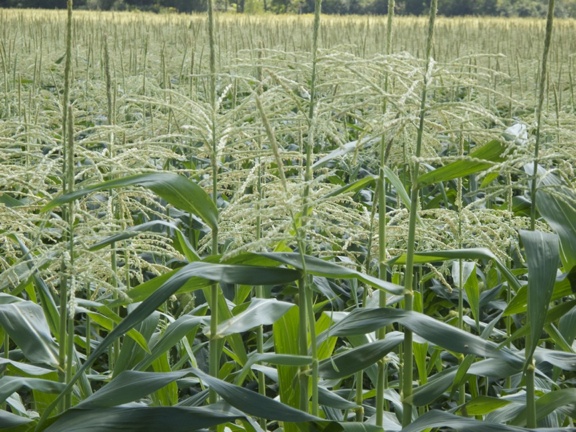Our project
The Genetic Architecture of Maize and Teosinte project
This is a multi-institutional collaborative project funded by the National Science Foundation. It is led by scientists (called Principal Investigators, or PIs) across the United States. Many researchers are working together on it, including graduate students, undergraduate students, technicians, a Project Manager, an Outreach Coordinator and research support staff. This project is a continuation of a previous project called 'Molecular and Functional Diversity of the Maize Genome' (also known as “The Maize Diversity Project”). “Genetic architecture” refers to the manner in which the entire set of genes (and even non-coding parts) in an organism’s genome work together (interact) to influence quantitative trait variation. Hence, genetic architecture is studied at the whole genome level, rather than at the single gene level, as is a part of genomic science. In particular the project team is working to identify the sets of genes that control domestication traits and three key agronomic traits: flowering time, plant height, and kernel quality.
One exciting way in which this research project is different is that the scientists have made all their data and seeds publicly available. The data is available online and the seeds can be ordered by anyone. Therefore other scientists can compare their results to this project and use the data for their own questions of interest.
See more about the project at http://www.panzea.org/. The word “panzea” is another nickname for the project, which was coined by one of the PIs, means “all of” (pan) “maize” (Zea) in Latin. Since this project studies everything from the wild relative of maize, teosinte, to primitive varieties (landraces) of maize developed by indigenous peoples before Columbus, to modern inbred lines and hybrids that have been highly improved through plant breeding, we literally study “all of maize.”



